 I don’t often review middle grade here (I don’t often read middle grade, either), but I’m making an exception for this book because it was so good. It also felt more borderline lower-YA to me.
I don’t often review middle grade here (I don’t often read middle grade, either), but I’m making an exception for this book because it was so good. It also felt more borderline lower-YA to me.
It’s 1947 right before the British were to leave India and Nisha and her twin brother Amil live with their Hindu father and his mother in far northwest India. Their Muslim mother died in childbirth. But when the leaders decide that the best solution is to split the country into two, Pakistan and India, they find themselves in the wrong place for their father’s religion. Their father is a doctor so they live in a nice house, but eventually he decides that it’s more dangerous to stay and they leave on foot, heading toward the border.
For those who don’t know, Indian Partition was a horrible, bloody, and shameful time in South Asian history. In the Punjab regions of both Pakistan and India, Hindus, Muslims, and Sikhs were all killing each other over nothing, really. They killed each other because others had killed their families. Muslims would stop the trains heading south from Pakistan and massacre people, and Hindus would stop the trains heading north into Pakistan and massacre people. People of the “wrong” religion who stayed put in either East or West Punjab were also killed.
Nisha was given a diary and started writing letters every night to her mother about her day in them. So we see her account of everything leading up to their departure, and what they go through trying to make it to new India. She’s a wise and observant girl, shy with strangers and desperate to know more about her mother. It’s impossible not to like her, or her brother, who struggles in school but is a talented artist (as was their mother).
This is a really moving book that teaches about a significant point in history without being preachy. Nisha asks important questions that will make readers think. I highly recommend this for fans of middle grade in general, but I also think it will appeal to those who like historical fiction in general.
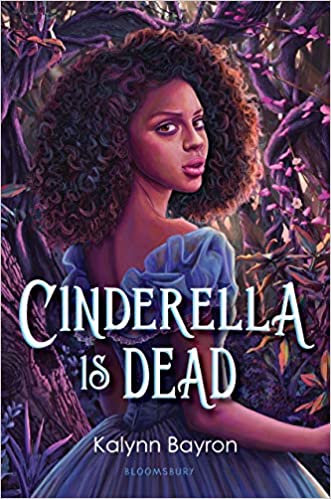 The premise of this novel is amazing. This is the magical kingdom where Cinderella found her Prince Charming, 200 years later—except everything is not all unicorns and rainbows. The current king has maintained the tradition of every sixteen-year-old girl going to the annual ball to get “selected” by the men from the kingdom. If they don’t get picked, they have to go back the next year and then the next, and if they don’t get selected by then, they’re “forfeit.” It isn’t clear to people what that means, exactly, but it’s not good. And the girls are supposed to go all out for the ball—actually, they’re supposed to be visited by the fairy godmother, if they’re "lucky" enough. But in reality, parents spend loads of money they don’t really have on dresses and everything so their daughters can be competitive at the ball. So that’s the basic setup—with a sexist medieval Western European-flavor. But there is a lot more going on than the characters know about.
The premise of this novel is amazing. This is the magical kingdom where Cinderella found her Prince Charming, 200 years later—except everything is not all unicorns and rainbows. The current king has maintained the tradition of every sixteen-year-old girl going to the annual ball to get “selected” by the men from the kingdom. If they don’t get picked, they have to go back the next year and then the next, and if they don’t get selected by then, they’re “forfeit.” It isn’t clear to people what that means, exactly, but it’s not good. And the girls are supposed to go all out for the ball—actually, they’re supposed to be visited by the fairy godmother, if they’re "lucky" enough. But in reality, parents spend loads of money they don’t really have on dresses and everything so their daughters can be competitive at the ball. So that’s the basic setup—with a sexist medieval Western European-flavor. But there is a lot more going on than the characters know about.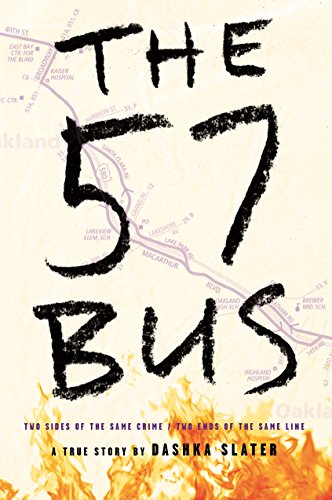 This time I’m reviewing a nonfiction book, something I don’t do very often. But I devoured this one. It tells the story of an attack on an agender teen by a Black teen on a bus in Oakland, California, and the aftermath. But it delves into the lives of both teens as well as the justice system and provides a really objective view of all the issues surrounding the attack.
This time I’m reviewing a nonfiction book, something I don’t do very often. But I devoured this one. It tells the story of an attack on an agender teen by a Black teen on a bus in Oakland, California, and the aftermath. But it delves into the lives of both teens as well as the justice system and provides a really objective view of all the issues surrounding the attack.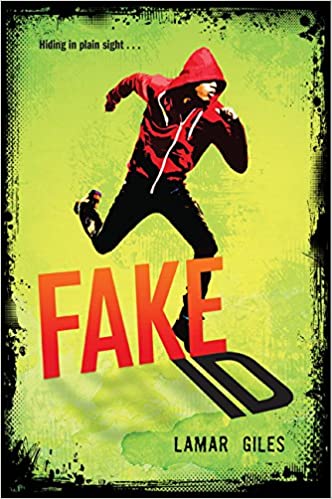 I don’t remember how I found out about this book, which originally came out in 2014, but I’m glad I did. As I’m starting to explore suspense in YA more, this is a perfect thing for me to read. I saw it compared to a Harlan Coben book, and having just read my first Coben book, I can say the comparison is apt.
I don’t remember how I found out about this book, which originally came out in 2014, but I’m glad I did. As I’m starting to explore suspense in YA more, this is a perfect thing for me to read. I saw it compared to a Harlan Coben book, and having just read my first Coben book, I can say the comparison is apt.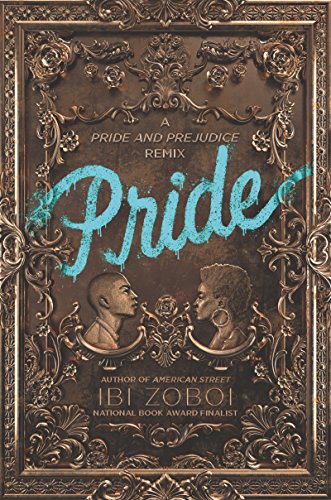 I read this sharp Pride and Prejudice remix quickly because it really sucked me in.
I read this sharp Pride and Prejudice remix quickly because it really sucked me in.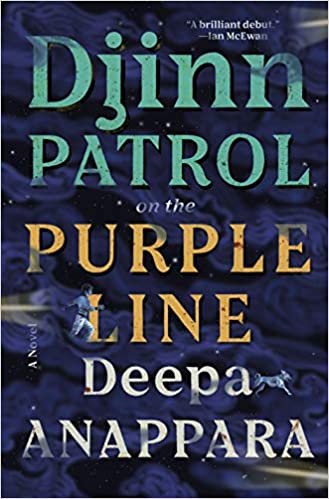 I rarely review books here that aren’t YA, but I enjoyed this one and think some of you might, as well. This is a rare suspense novel set in India (at least it’s rare to me—when I think of suspense, it’s almost always with white characters).
I rarely review books here that aren’t YA, but I enjoyed this one and think some of you might, as well. This is a rare suspense novel set in India (at least it’s rare to me—when I think of suspense, it’s almost always with white characters).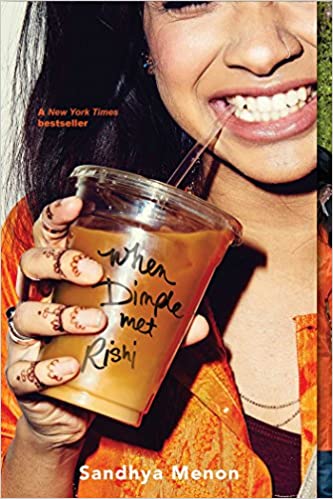 This is a light romance with two second-generation Indian-Americans dealing with being part of two cultures.
This is a light romance with two second-generation Indian-Americans dealing with being part of two cultures. The title of this book pretty much tells you what it’s about: bullying. But it’s about more than that, too, and it didn’t feel like an issue book to me.
The title of this book pretty much tells you what it’s about: bullying. But it’s about more than that, too, and it didn’t feel like an issue book to me. Starfish is the story of Kiko Himura, a 17-year-old Nebraska girl with a Japanese-American father and an obnoxiously white mother (who’s a total narcissist, but the way). Kiko’s mom has belittled her her whole life for not being “beautiful” like she (the mom) is. By beautiful, she means blonde and blue-eyed. Because Kiko takes after her father physically. To white people she’s too Japanese, and to Japanese people she’s too white. It’s not just her mom—the kids at school make sure she thinks this, too.
Starfish is the story of Kiko Himura, a 17-year-old Nebraska girl with a Japanese-American father and an obnoxiously white mother (who’s a total narcissist, but the way). Kiko’s mom has belittled her her whole life for not being “beautiful” like she (the mom) is. By beautiful, she means blonde and blue-eyed. Because Kiko takes after her father physically. To white people she’s too Japanese, and to Japanese people she’s too white. It’s not just her mom—the kids at school make sure she thinks this, too.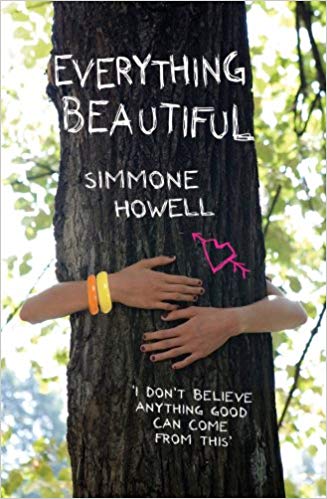 Riley Rose is an atheist, a cynic, and quite the rebel. She’s also fat, but she’s determined to make that irrelevant to her life. Her mother died a few years before the book opens and her dad turned all religious and acquired a super-Christian girlfriend. Riley is a bit of a party girl, and when she gets in trouble for breaking into a pool with a bunch of friends, her dad’s solution is to send her to church camp. Obviously.
Riley Rose is an atheist, a cynic, and quite the rebel. She’s also fat, but she’s determined to make that irrelevant to her life. Her mother died a few years before the book opens and her dad turned all religious and acquired a super-Christian girlfriend. Riley is a bit of a party girl, and when she gets in trouble for breaking into a pool with a bunch of friends, her dad’s solution is to send her to church camp. Obviously. This is a quiet book about depression and how it can seemingly take over a person’s life and entire perspective, and then how to get away from it.
This is a quiet book about depression and how it can seemingly take over a person’s life and entire perspective, and then how to get away from it. It’s probably a little odd to be doing a review of a holiday short story collection several weeks after the holidays ended, but since when did I claim to be normal. Besides, I started reading this before Christmas.
It’s probably a little odd to be doing a review of a holiday short story collection several weeks after the holidays ended, but since when did I claim to be normal. Besides, I started reading this before Christmas.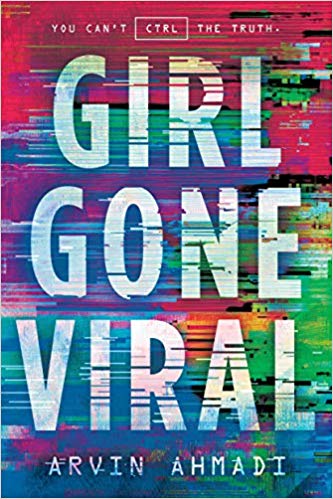 I stumbled across this book at Barnes and Noble and was really excited by the blurb. Supposedly, 17-year-old Opal Hopper is a big coder—she creates virtual reality worlds and so on. I thought this would be really interesting because a) girl coder and b) I wanted to see how the author makes coding interesting.
I stumbled across this book at Barnes and Noble and was really excited by the blurb. Supposedly, 17-year-old Opal Hopper is a big coder—she creates virtual reality worlds and so on. I thought this would be really interesting because a) girl coder and b) I wanted to see how the author makes coding interesting.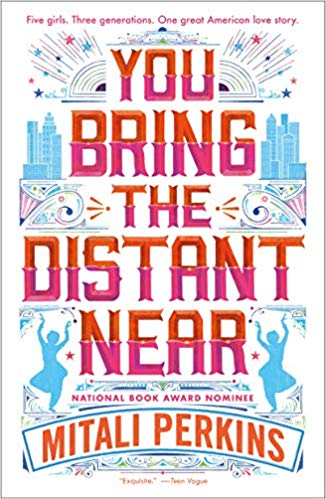 I think this book came to me through a book club I’m in and I’m glad because I loved it. I’m not quite sure why I love books about identity so much, but I do—it’s probably one of the reasons I like YA so much.
I think this book came to me through a book club I’m in and I’m glad because I loved it. I’m not quite sure why I love books about identity so much, but I do—it’s probably one of the reasons I like YA so much. I read this quiet book in just two days, which says something because my reading pace has slowed to a crawl at this point (I’m still 14 whole books behind on my Goodreads challenge).
I read this quiet book in just two days, which says something because my reading pace has slowed to a crawl at this point (I’m still 14 whole books behind on my Goodreads challenge).